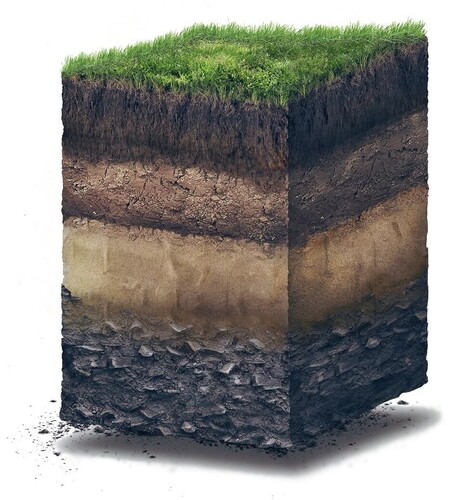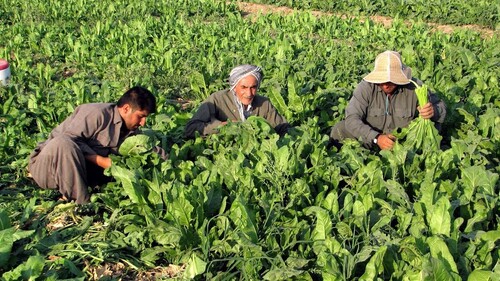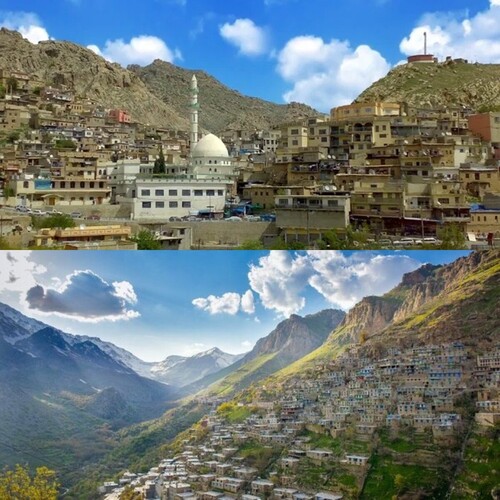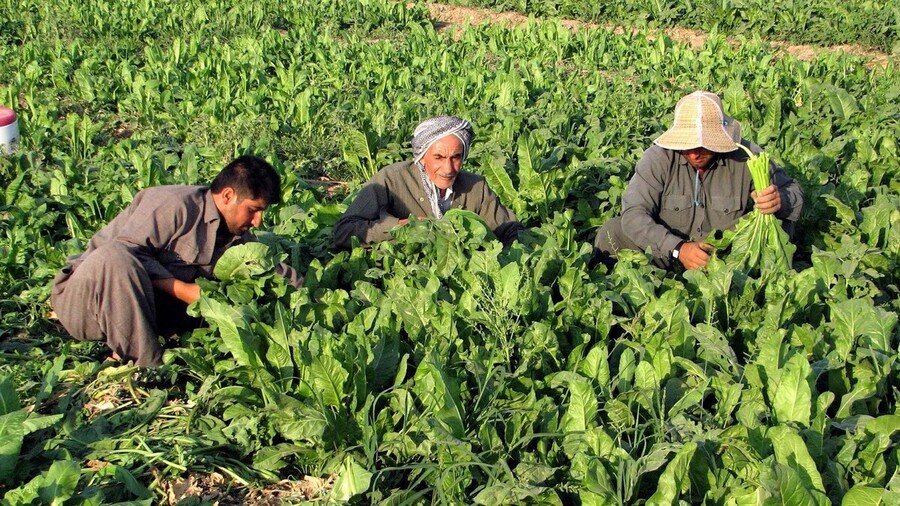Soil is that powder-like layer of ground that covers the surface of the land and can dig down through the deep ground and as it gets deeper the form of the soil can change. Soil is generally made of these parts: water, air, organic matter, minerals, organisms, and time, ….
Obviously, the soil components of each area depend on the weather of the region in which that zone or country exists.
Soil affects life on Earth greatly. Historically, people’s lives have been dependent on soil, especially for agriculture, and settlement, … and this is tied to the geography of that particular area.

The soil needs 1000 years to be made up, time is the main ingredient for making up the soil. There are some other factors for making up the soil, too which are:
1. The living things like organisms, bacteria, animals, and molds.
2. The roughness of the ground in the area i.e., the topography which means that layer on which the soil is made up.
3. The weather: that is the most significant factor in making up the type of soil.
4. The organic matter (or the original material): the most basic rocks or towers that are about to dissolve and change into the soil.

Generally, soil has two types: useful and non-useful. These types have some subsets. Here if we want to discuss our homeland soil which is the great Kurdistan, we can see that each part of this land is as valuable as a diamond.
Geography and the weather of Kurdistan are in a way that makes the geology of its soil to be useful in many ways. The Kurdistan’s borders on the longitude and latitude lines are located in significant spots among the Middle Eastern and Asian countries.
The types of soil that can be found more commonly in Kurdistan:
1. Red soil
2. Black soil
3. Yellow soil
4. Grey soil
5. Bleached soil
Clearly, every type of these soils has their own particular features and components both based on their colors and their usefulness.
Kurds have used the soil for agricultural and building purposes for about 10 thousand years.
Example: According to the statistics of 2016 the agricultural fields in East Kurdistan include 2697000 hectares and about 491787 farmers are working on them.
Kurds in the great Kurdistan have even built their homes in rough areas and people are still living in those places for example, between valleys, over the mountains, at the foothills of the mountains like Hawraman (Avroman), Akri, Badlis, Mardin, etc.

Kurdistan land not only is of great importance due to being beneficial for agriculture and inhabitation but also contains many types of wild plants, mineral components, forests, and meadows. All of these can be found in the land of Kurdistan easily.
Our next generations and we, can live and use Kurdistan lands properly if we try to protect and preserve them. We have several beneficial products in each part of Kurdistan that have been used in trading and exchanging processes thus let us all protect it completely.






